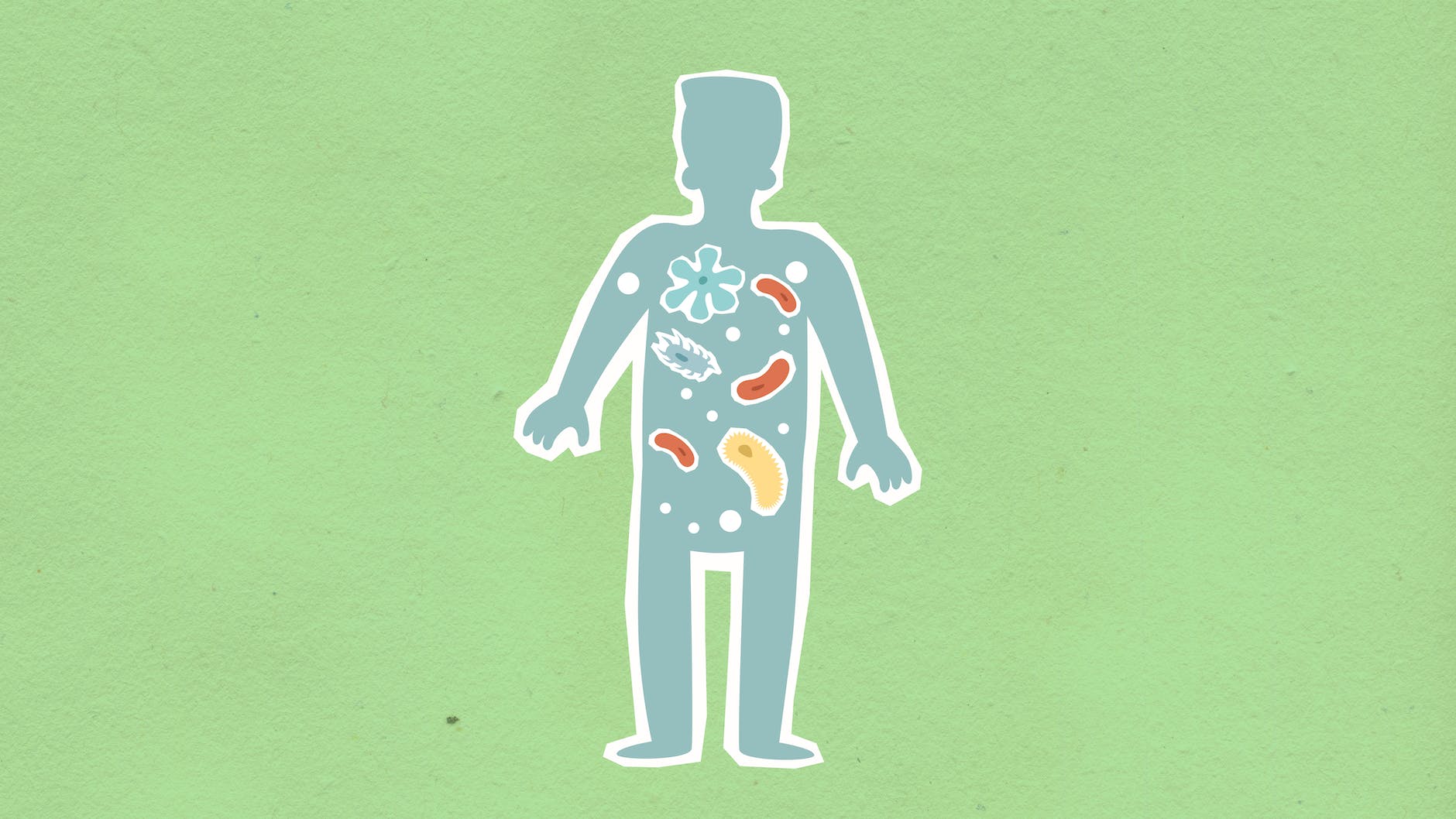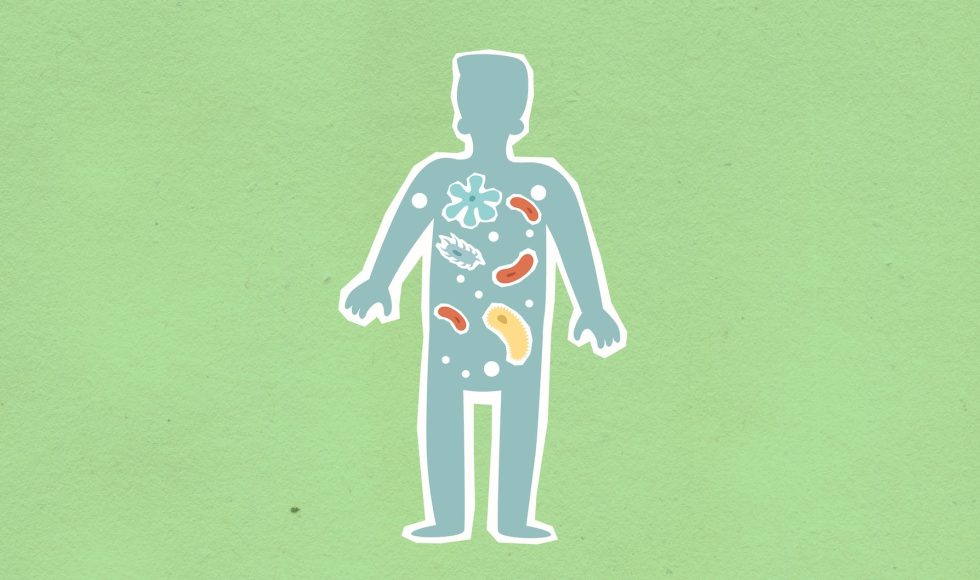Tonight I started watching the ONT Learning sessions about Metagenomics. Tim Walker introduced options for metagenomics using nanopore sequencing. They defined metagenomics as “the genomic analysis of multiple organisms obtained from a single mixed sample.” The assembly of complete genomes and plasmids from mixed samples was one of several applications listed. Environmental monitoring and antibiotic resistance surveillance were mentioned. Walker spoke about the potential of obtaining complete genomes from mixed samples and the ability to obtain real-time data using portable sequencing devices. Ligation sequencing workflows and the benchtop GridION and PromethION devices can be used for higher throughput. Full length 16S gene sequencing can be used for classification. Hazel Johnson shared advice on sample extraction and DNA/RNA handling for metagenomics. The general workflow is to start with raw sample and perform extraction of DNA/RNA for library preparation, sequencing, data, and bioinformatics. Johnson noted that this workflow is bidirectional. Several commercial kits were compared for throughput. Yeast RNA extraction methods were compared and, interestingly, a commercial kit worked as well as trizol. Johnson warned about RNases. Direct RNA sequencing kit from ONT uses polyA tails. RNA sequencing from blood often needs globin transcript depletion. Johnson does not recommend NanoDrop for DNA or RNA input quantification. Instead, Qubit fluorometer is recommended. They also recommend the broad range kit instead of the RNA one since it is less influenced by RNA! I didn’t know this and will keep it in mind. When it comes to the NanoDrop, ONT recommends pure DNA with A260/A280 ratios of ~1.8 and A260/A230 between ~2.0 and 2.2. The presence of guanidine does affect sequencing performance as demonstrated by ONT tests. DNA fragment length analysis is needed to calculate loading of libraries. For RNA, ONT recommends using the RIN values from the TapeStation or BioAnalyzer as higher values seem to correlate with better sequencing/throughput. Johnson explained that to improve sequencing yields, the pores should be kept full. For this, they recommend loading between 5-50 fmol of “good library” per flow cell. Good library was defined as libraries with molecules with adapters on both ends. Overloading leads to more adapters and fuel consumption, and consequently a drop in speed. I wonder if this is what we have been seeing in some runs! The throughput of libraries from the Ligation Sequencing Kits are influenced by the number of ends available for adapter ligation. For smaller fragments (<10kb) there is a risk of overloading; for high-molecular weight DNA, there is a risk of underloading. In some cases, fragmentation may be necessary, with lower overall read length. Rapid kits fragment DNA during adapter addition. Pore blocking can result in unavailable pores for sequencing and less throughput. Longer fragments are more difficult to unblock from pores. This first part of the course focused on Metagenomics Planning and will be useful for the BIT Metagenomics course this semester and next spring’s course.



